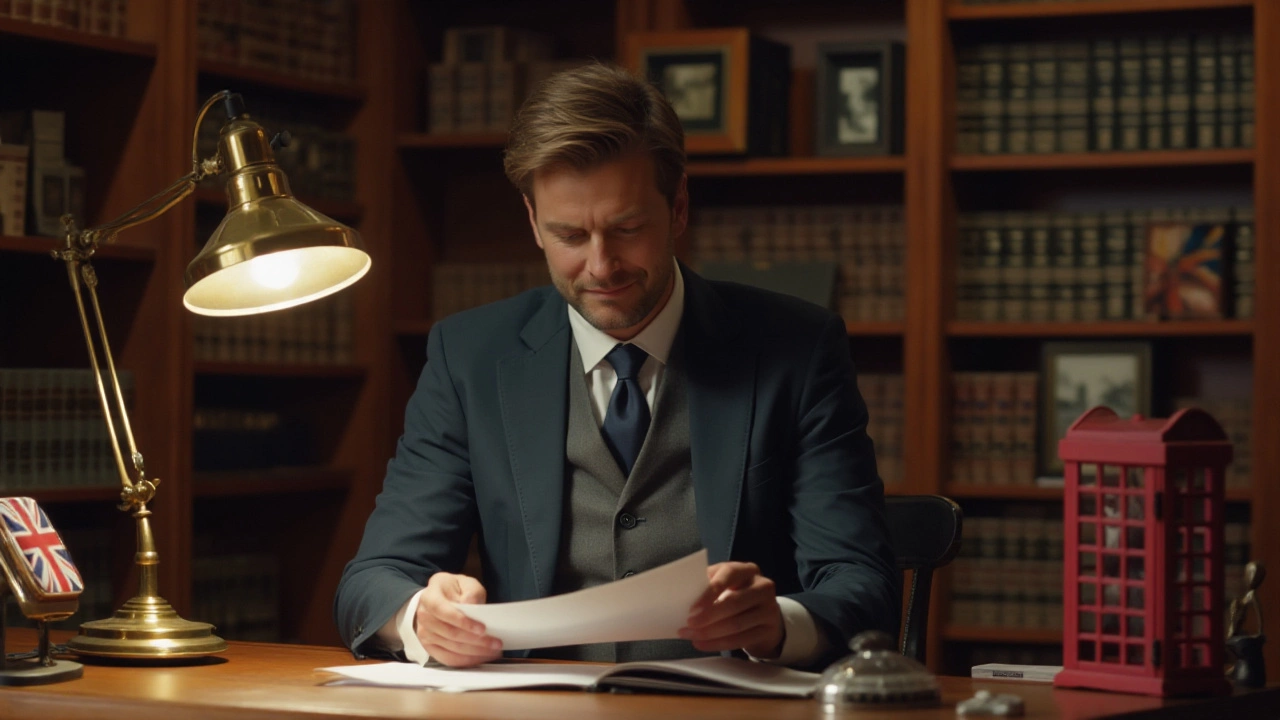Art Printing: What Every Collector Should Know
Art printing is the bridge between an artist’s original vision and the wall you want to decorate. Whether you’re buying a giclee, a signed lithograph, or a screen print, the basics stay the same: you need to know what you’re getting, why it matters, and how to keep it looking great.
Types of Art Prints You’ll Meet
First up, giclee prints. These are high‑resolution inkjet reproductions on archival paper or canvas. They capture color and detail almost like the original, and most artists use them for limited editions. Next, lithographs – created by drawing on a stone or metal plate and then transferring the image onto paper. They have a tactile feel and often carry the artist’s signature right on the margin. Screen prints are made by pushing ink through a stencil; they’re bold, graphic, and usually cheaper. Finally, we have digital prints, which are simply a high‑quality scan printed on fine paper. Each type has its own price range and lifespan, so choose the one that matches your budget and the look you want.
How to Verify a Print’s Authenticity
Spotting a genuine print is easier than you think. Start with the edition number – look for something like “23/100” printed on the back. Genuine limited editions always include a clear count and the artist’s or publisher’s stamp. Check the paper; archival papers feel thicker and have a matte finish, while cheap prints feel flimsy. A signature is a good sign, but make sure it’s not just a replica. Compare the signature to the artist’s known style or use a magnifying glass to see the ink depth. If the seller provides a certificate of authenticity, read it carefully – it should list the edition size, print number, and the print‑maker’s name.
Another clue is the printing method. Giclee prints often show a tiny dot pattern if you hold them up to the light. Lithographs have a slightly rough surface where the ink met the stone. Screen prints usually display a uniform layer of ink without tiny dots. Knowing these details helps you avoid fakes and overpriced copies.
Where you buy matters, too. Reputable galleries, artist studios, and established online marketplaces usually verify their stock. If a deal sounds too good to be true, it probably is. Ask for close‑up photos of the back of the print, the signature, and any certificates before you pay.
Once you’ve got your print, protecting it is the next step. Keep it out of direct sunlight – UV rays fade colors fast. Use UV‑filtering glass when framing, and consider acid‑free mats to prevent yellowing. A stable indoor climate (around 70°F and 50% humidity) stops warping. If you store a print before framing, lay it flat in a portfolio or a rigid tube.
Pricing a print depends on a few factors: the artist’s reputation, the edition size, the print type, and its condition. A signed giclee from a well‑known contemporary artist can fetch several thousand pounds, while a mass‑produced screen print from an emerging creator might be under a hundred. Always compare recent sales of similar prints to gauge a fair price.
If you plan to resell, keep all paperwork – certificates, receipts, and provenance notes. Future buyers will want proof of authenticity, and a complete history can boost the print’s value.
In short, art printing offers a flexible way to enjoy original‑level artwork without the massive price tag of a painting. By learning the print types, checking edition details, and caring for your piece properly, you’ll make a smart purchase that looks great on your wall for years.
Ready to start your collection? Browse local galleries, ask artists directly about limited runs, and trust your gut when something feels off. With a little know‑how, you’ll build a print collection that reflects your style and holds its value over time.

11 Jan 2025
Navigating the legal landscape of printing art for personal use can be tricky. This article delves into the key legal aspects associated with reproducing artworks, specifically focusing on copyright laws and personal use guidelines. It provides practical advice for art enthusiasts looking to print art legally, and highlights the importance of respecting artists' rights. Additionally, it touches on the potential consequences of infringing on these copyrights.
Continue reading...
